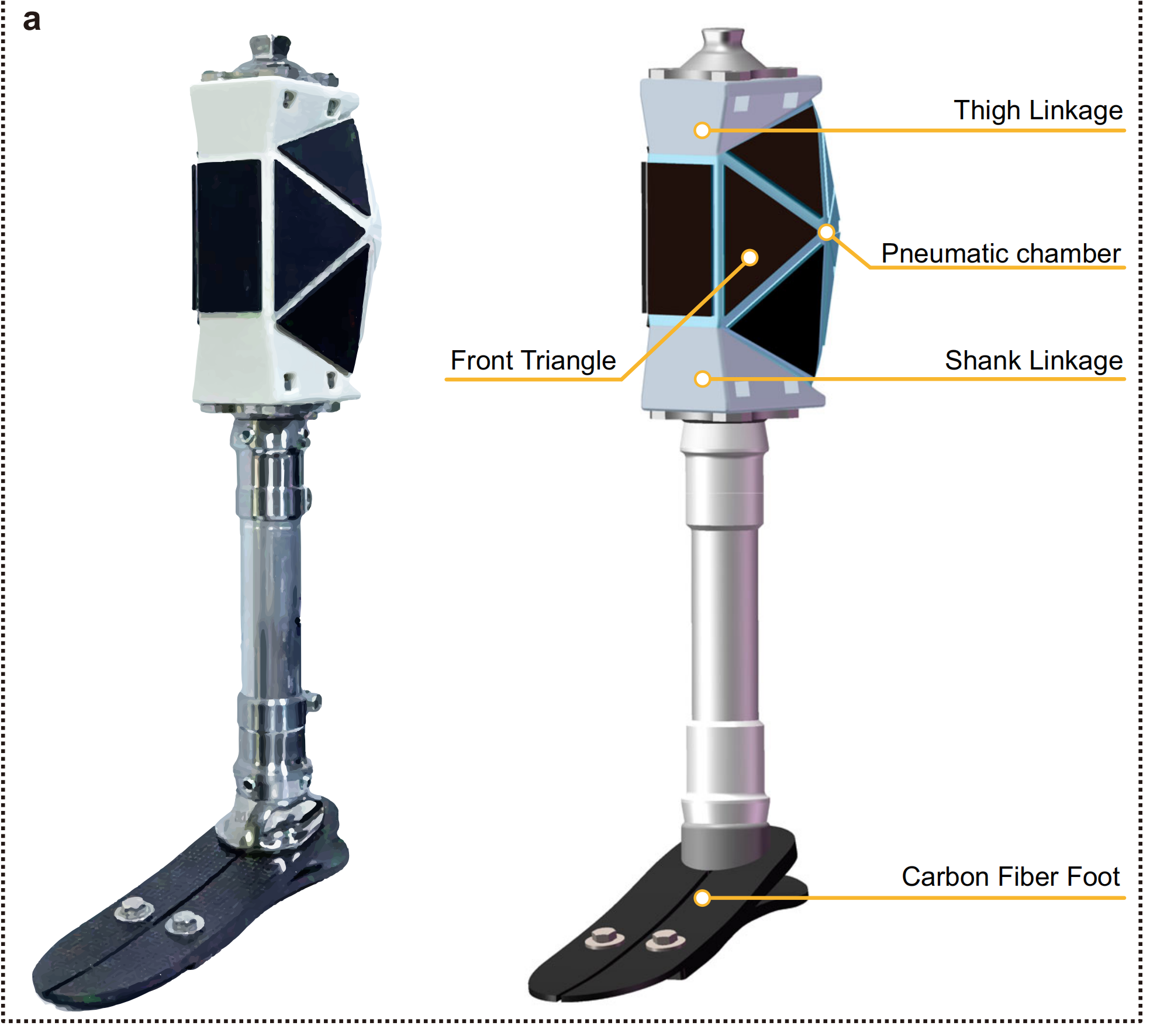Tang Sancai: Treasure of Ancient ChineseCeramic Firing Techniques

A black glaze horse is on display at National Museum of China. (PHOTO: VCG)
By BI Weizi
As an outstanding symbol of ancient Chinese pottery technology, Tang Sancai appeared in the early Tang Dynasty (618–907). Tang Sancai is a multi-colored pottery, with yellow, green and white being the most predominant colors. The lead glaze of Tang Sancai was toxic, so it was not used in daily utensils, but mostly appeared in the tombs of the nobles in Tang Dynasty.
China has a long history of pottery making. As early as in the Yangshao and Longshan cultures, there was already beautifully shaped and colored pottery. In the Han Dynasty, it was possible to fire monochrome glazed pottery in green. During the early Tang Dynasty, with the development of a social economy, there was a new breakthrough in the process of color pottery, which would use multiple glaze colors at the same time, and thus Tang Sancai was produced.
Two firings are needed to produce Tang Sancai using lead-glazed earthenware. The first firing was made, without saggers, to toughen the body. The second was undertaken after applying the glazes for their maturation. The basic glaze appears white after firing, metal oxides are added to the basic glaze to make yellow and green colors, while cobalt oxide makes blue. As a traditional cultural product, Tang Sancai not only enjoys a pivotal status in the history of Chinese ceramics and art history, but also plays a significant role in the cultural exchange between China and foreign countries. It was exported to other countries and regions in the early Tang Dynasty and was loved by people from all walks of life.







